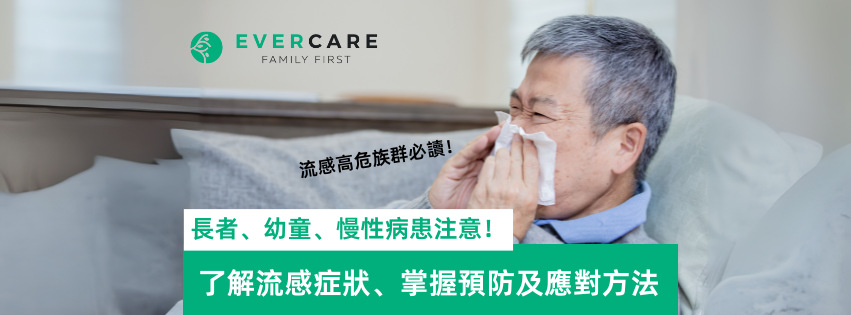Amanda Wu is a registered occupational therapist specialising in treating children with autism, developmental delay, learning difficulties, attention deficit, and hyperactive disorder. She has over a decade of experience working in various institutions, from Early Education & Training Centres, Special Child Care Centres of voluntary organisations, to special schools. Amanda has also hosted talks and workshops for teachers and parents on special educational needs.
It’s one of the fastest-growing developmental disabilities in the world. According to the World Health Organization (WHO) , one in 160 children has an autism spectrum disorder — a lifelong condition that affects social and communication skills. Here’s what you need to know if your child is coping with autism, according to an occupational therapist.
Autism is not a single condition, but a spectrum of complex disorders for brain development. According to Hong Kong’s Education Bureau , there were more than 10,000 autistic students in the 2017/18 school year in Hong Kong, but the Autism Children Foundation puts the number of children with autism at 25,000. While experts agree that there is no cure for autism, early intervention can make a huge difference.
We chat with veteran occupational therapist Amanda Wu as she walks us through the many approaches to managing the symptoms and how an occupational therapist’s involvement can empower those on the spectrum.
1. Can you tell us about your work as an occupational therapist? What made you choose this field?
It became clear during the first job that I was meant to work with children who exhibit neurological disorders and developmental delays. I work with children of different age groups. It is an absolute pleasure to see the progress as they grow up and be able to track their improvement in social and motor skills, among many other things. It brings me such joy and fulfillment.
2. How do occupational therapists help children with autism spectrum disorder?
As an occupational therapist, we provide adapted training. We tailor our program to the particular individual’s strengths and needs to enable them to play their role in various social settings. There are two main fields that we help with.
- Sensory processing disorder
Sensory processing disorder is common among ASD individuals who get easily overwhelmed by the everyday auditory, visual, and other stimuli. To treat this disorder, we adopt the sensory integration (OT-SI) approach, designing fun, stimulating activities to challenge patients’ senses and empower them with strategies and coping skills. The goal is to extend these learned skills and appropriate responses beyond the clinic to home, school, and life.
- Independent living skills
We also focus on developing children’s self-care ability, providing them with the therapeutic support they need to access the community and be a part of it. We look at their play skills, social skills, and fine-motor skills. What we are targeting are simple tasks like buttoning their shirt, wiping their mouth, or holding a pencil. As the children transition into adulthood, the focus switches to other functional, vocational skills.
3. Will symptoms of autism be alleviated as one age s ? Are there any differences in treating adults and children?
Autism is a lifelong disorder with no known cure. However, occupational therapists can adjust their therapeutic approach to help set the stage for a smoother transition as the ASD child navigates through different stages of life.
When treating autistic children, we start with basic life skills. As autistic children make the transition from childhood to adolescence to adulthood, we take on a more functional approach, targeting specific transitional and vocational needs. For example, we teach them how to avoid conflicts in the workplace or use tools to complete certain work tasks.
You might also like:
—
About the expert
其他話題 Other Topics
最新的文章 Latest Posts

喜歡我們的文章嗎?
超過3,000位照顧者已經訂閱我們的資訊!訂閱我們的資訊,你可獲得免費護理工具、專家護理知識和同路人分享。立即訂閱,也可以隨時取消。請在此填寫你的姓名和電郵地址:


